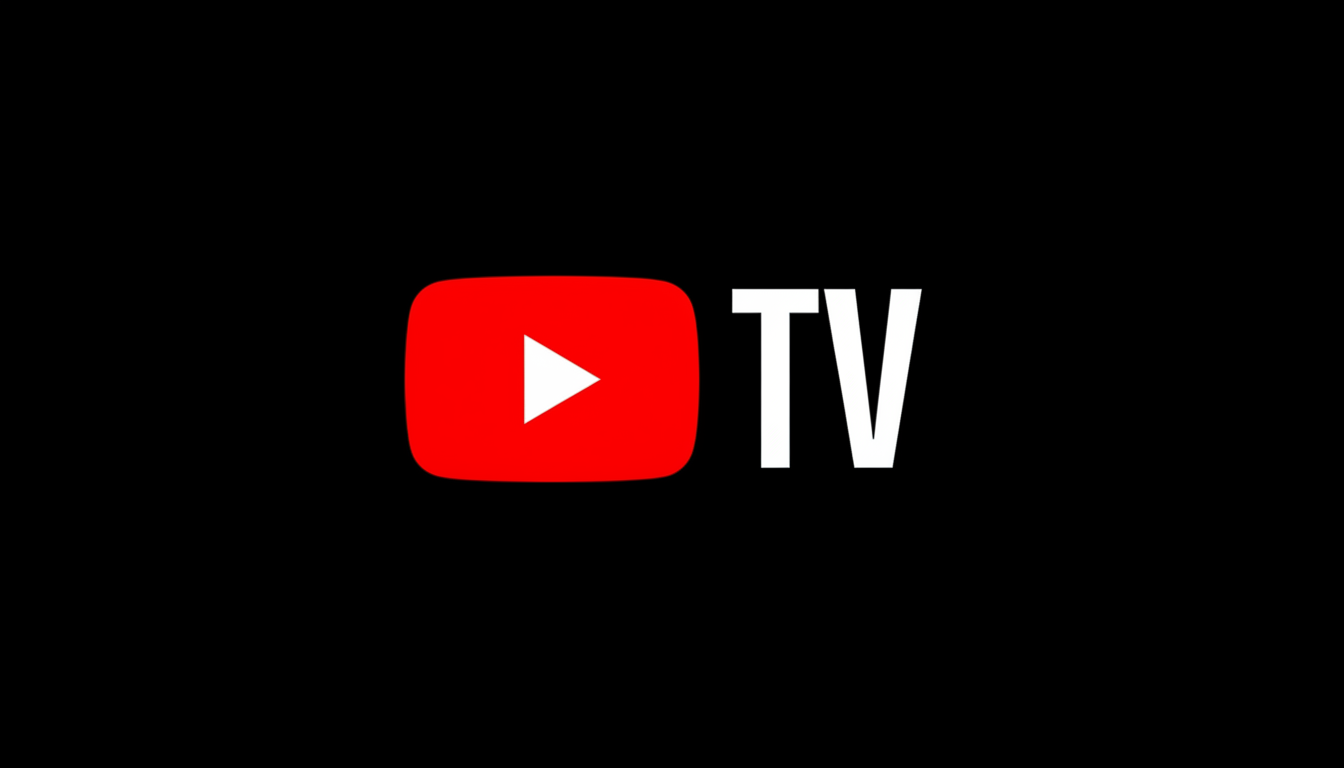As carriage disputes flare and prices climb, one question keeps coming up among cord-cutters: which YouTube TV channels are truly indispensable? With industry analysts estimating the service now tops 10 million households and monthly costs hovering around $83, the channels that feel non-negotiable can determine whether subscribers stay, pause, or cancel.
Why channels disappear during carriage disputes
Most beloved networks sit inside a handful of corporate portfolios, which turns every contract renewal into high-stakes brinkmanship. Disney, Paramount Global, Fox, NBCUniversal, Warner Bros. Discovery, and AMC Networks account for more than 50% of YouTube TV’s channels. When a deal lapses with one of these giants, entire blocks vanish at once — recently, a Disney standoff briefly removed 21 networks including ABC, ESPN, FX, and National Geographic.
- Why channels disappear during carriage disputes
- What drives cancellations and must-keep lineups
- Live sports remain the top reason people subscribe
- Local broadcast stations and 24/7 news still matter
- Entertainment networks that quietly keep viewers loyal
- Price sensitivity and behavior during channel blackouts
- How to prepare before the next sports or election window

This consolidation magnifies the pain. A single disagreement doesn’t just pull one show off your DVR; it can erase your local ABC station, the entire ESPN suite, children’s programming, and niche favorites in one sweep. That’s why the “can’t live without” conversation usually starts with families naming companies, not just channels.
- Disney
- Paramount Global
- Fox
- NBCUniversal
- Warner Bros. Discovery
- AMC Networks
What drives cancellations and must-keep lineups
Subscribers are often asked what would make them cancel. Answers typically cluster into four pillars:
- Live sports
- Local broadcast channels
- 24/7 news
- A core of entertainment networks that anchor nightly viewing
Live sports remain the top reason people subscribe
Live sports are the Jenga block holding many subscriptions together. Nielsen has reported that over 90% of the year’s top telecasts are live sports, dominated by the NFL and marquee events like the College Football Playoff, the NBA Playoffs, and March Madness. That makes ESPN and ABC the first channels many cite as essential, with Fox, CBS, and NBC close behind for football weekends and major championships.
Warner Bros. Discovery’s TNT and TBS matter during the NBA and MLB postseasons, while FS1, FS2, and Big Ten Network sway college fans. When these sports pipelines disappear, churn spikes, per research firm Antenna, which has repeatedly observed reactivation surges around major sports windows — evidence that live games are a primary lever for keeping or switching services.
Local broadcast stations and 24/7 news still matter
For many households, losing locals is a deal-breaker. ABC, CBS, NBC, and Fox provide NFL, primetime hits, weather alerts, and local newscasts streaming-only alternatives can’t fully replace; even tech-savvy viewers who rely on cloud DVR say they’d jump ship if their city’s affiliates went dark for long.
On the national news front, CNN, Fox News, MSNBC, CNBC, and Bloomberg remain among the most-watched channels for market swings, election nights, and breaking events. During carriage fights, subscribers routinely cite these must-haves, knowing breaking news is time-sensitive, and social feeds aren’t a substitute.

Entertainment networks that quietly keep viewers loyal
After sports and news, a scrum of networks in the middle quietly keeps households stuck. FX and USA maintain genre and drama fans, Bravo’s unscripted hits draw steady audiences, Nickelodeon from Paramount serves families, and AMC’s franchise series continue to overindex on loyalty. Discovery networks HGTV, Food Network, and TLC keep delivering comfort TV and long-running series, encouraging habitual viewership.
Most critically, many of these networks live on the same corporate trees as the sports and broadcast linchpins. That entanglement means a single blackout can simultaneously freeze kids’ shows, prestige dramas, reality mainstays, and live games, raising the cancellation stakes.
Price sensitivity and behavior during channel blackouts
When given the ultimatum for their “would cancel” scenario, subscribers most often point to the loss of ESPN or their local broadcast stations. Either eventuality knocks out the highest-demand, live programming and sows chaos in the family ritual. A close third is TNT/TBS during NBA season, chiefly for markets where local games are now scattered across services.
Price sensitivity makes these choices acute; Leichtman Research Group has charted streaming service bills rising toward traditional pay-TV equivalents. Amid outages coinciding with sky-high monthly price increases, many customers say they will cancel or downshift until the main action is restored, particularly fast if marquee events are out.
How to prepare before the next sports or election window
Before the next big sports or election window, check YouTube TV’s live guide for your ZIP code and scan the most recent sports industry reports for active negotiations involving the six major media companies.
- Consider pausing your plan rather than canceling outright during disputes.
- Purchase an over-the-air antenna to keep local broadcasts flowing during outages.
Ultimately, the channels you can’t live without are less about sheer quantity and more about rituals: Sunday kickoffs, local news at six, the reality show you watch with your friends, the animated block that buys you an hour, etc. In a market where a handful of media companies control the dial, knowing your non-negotiables is the best leverage you can have.

